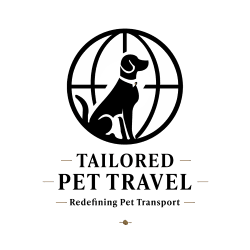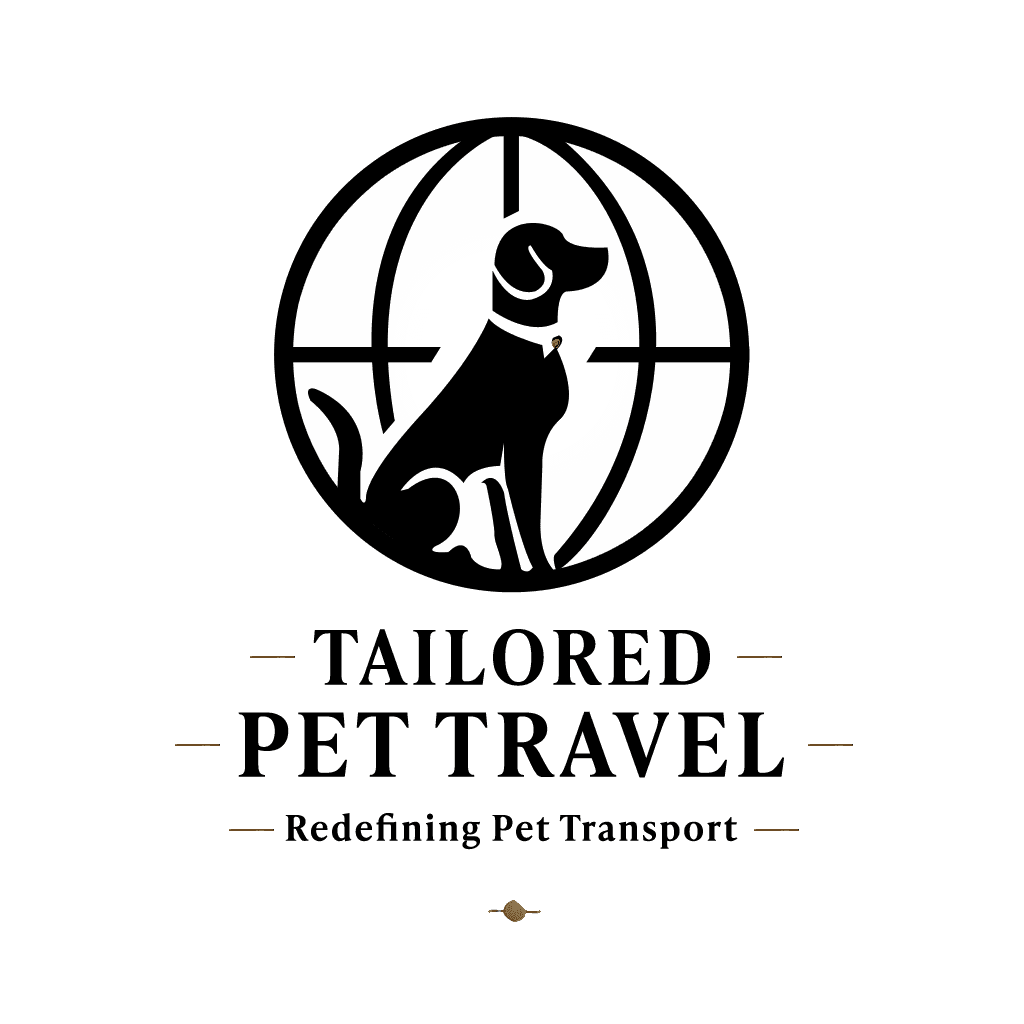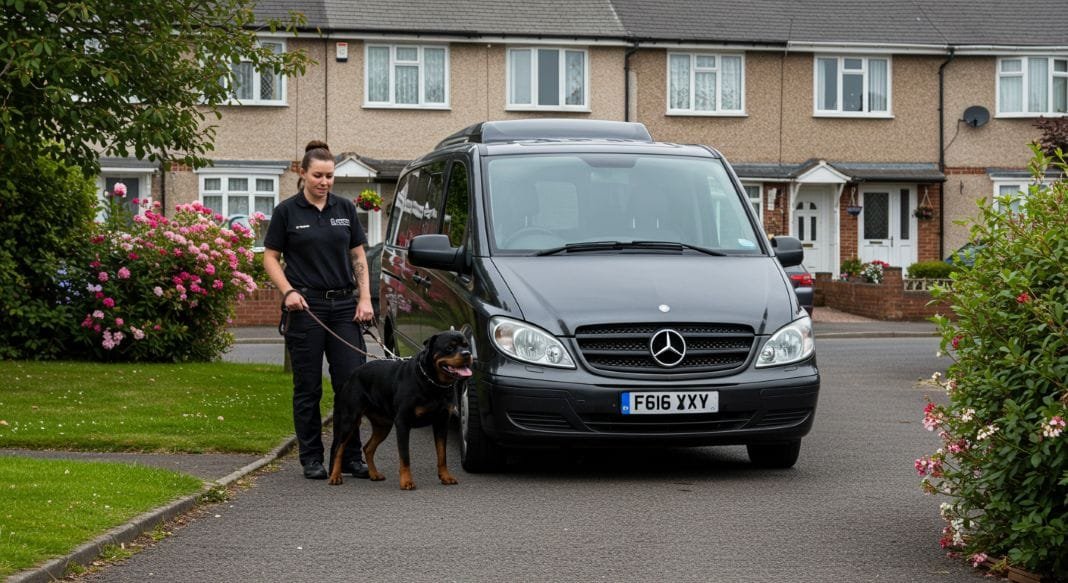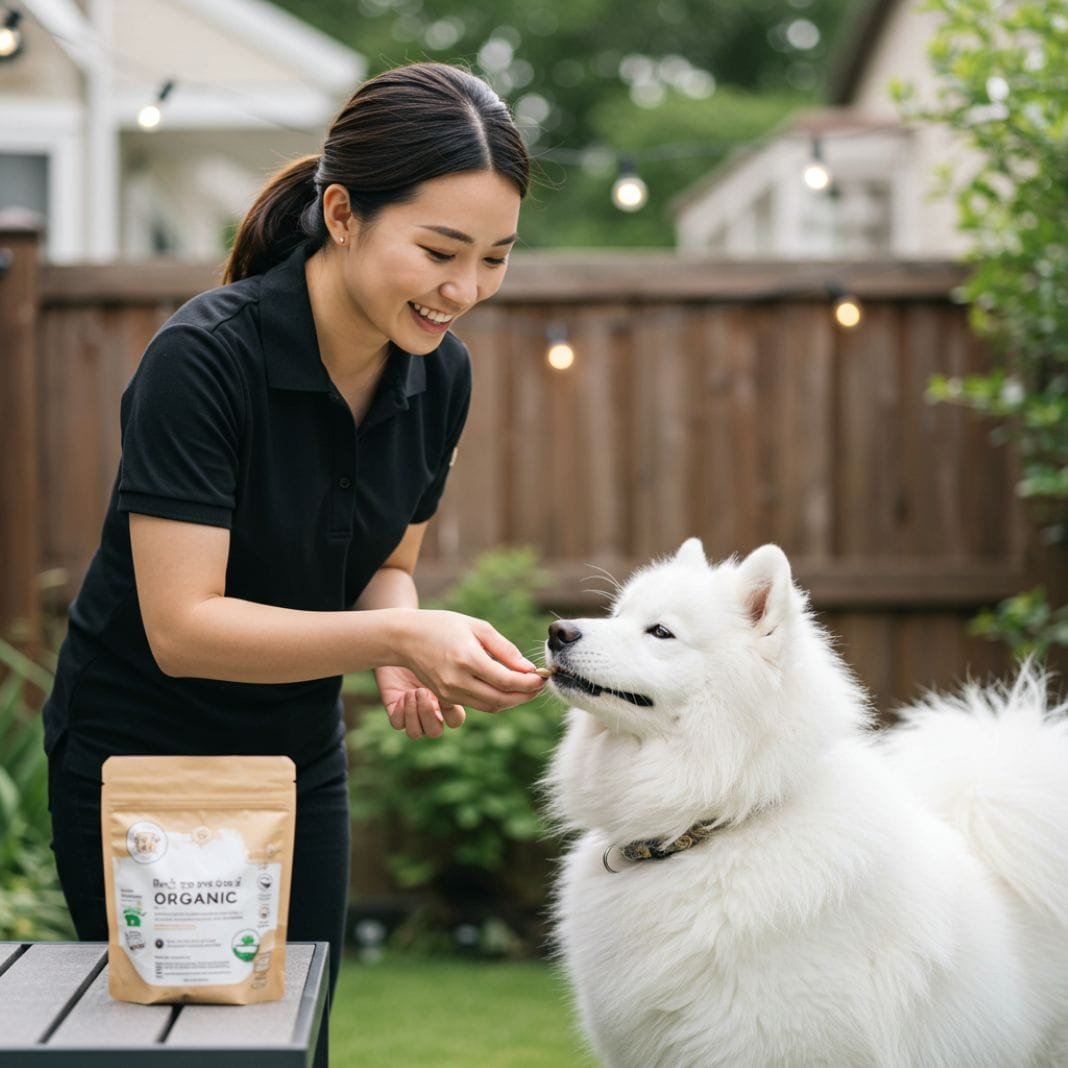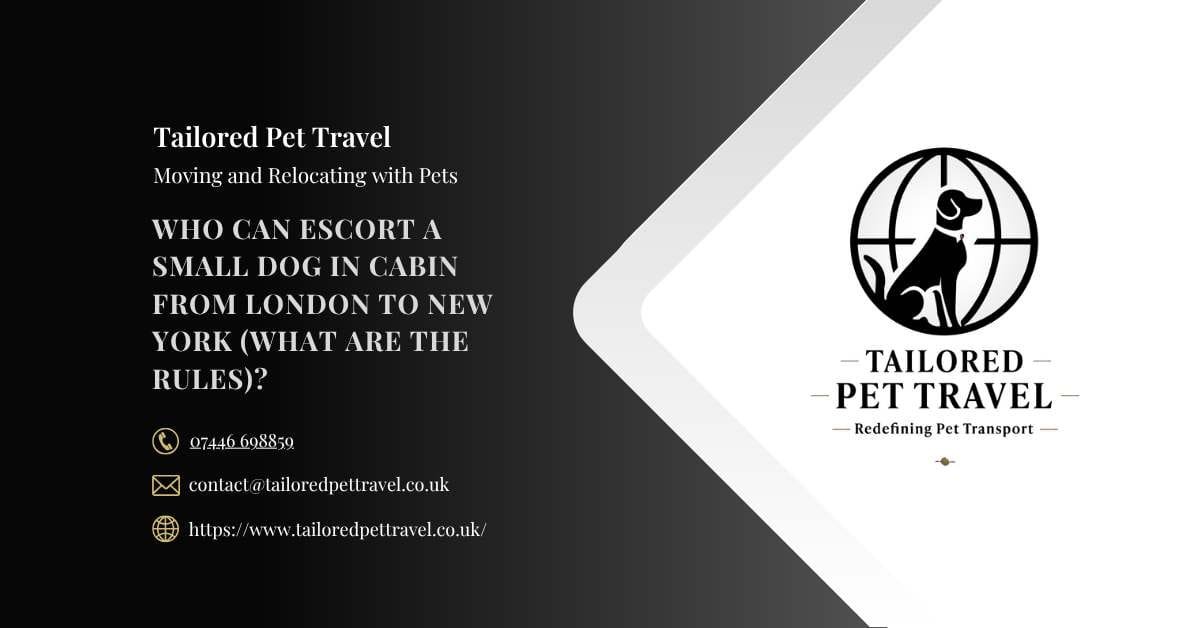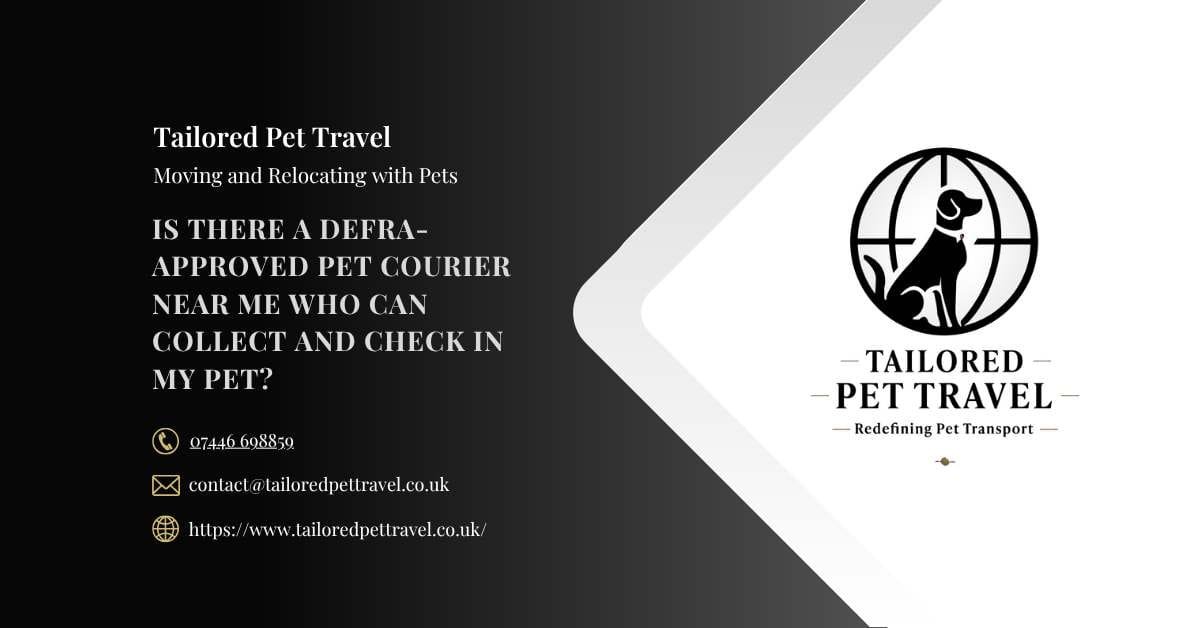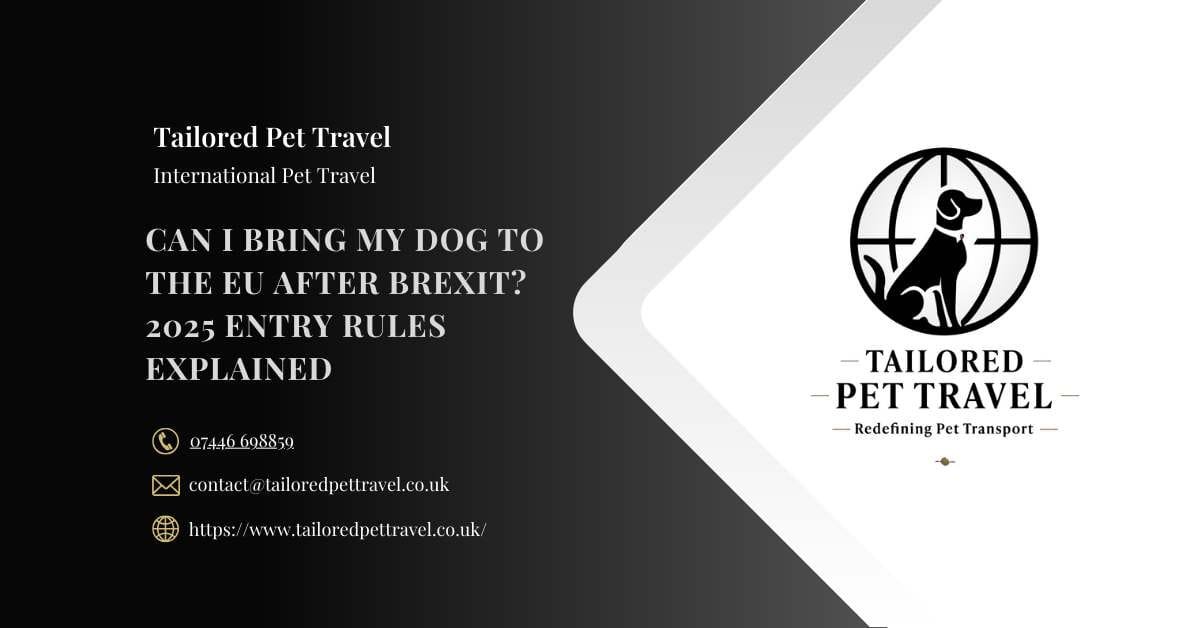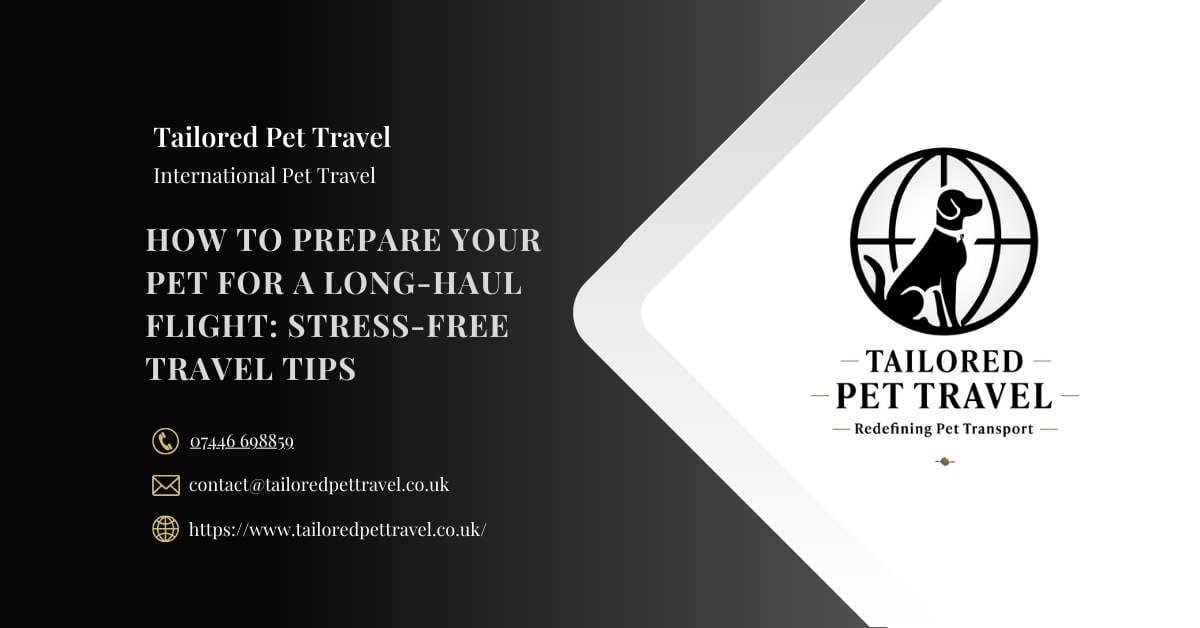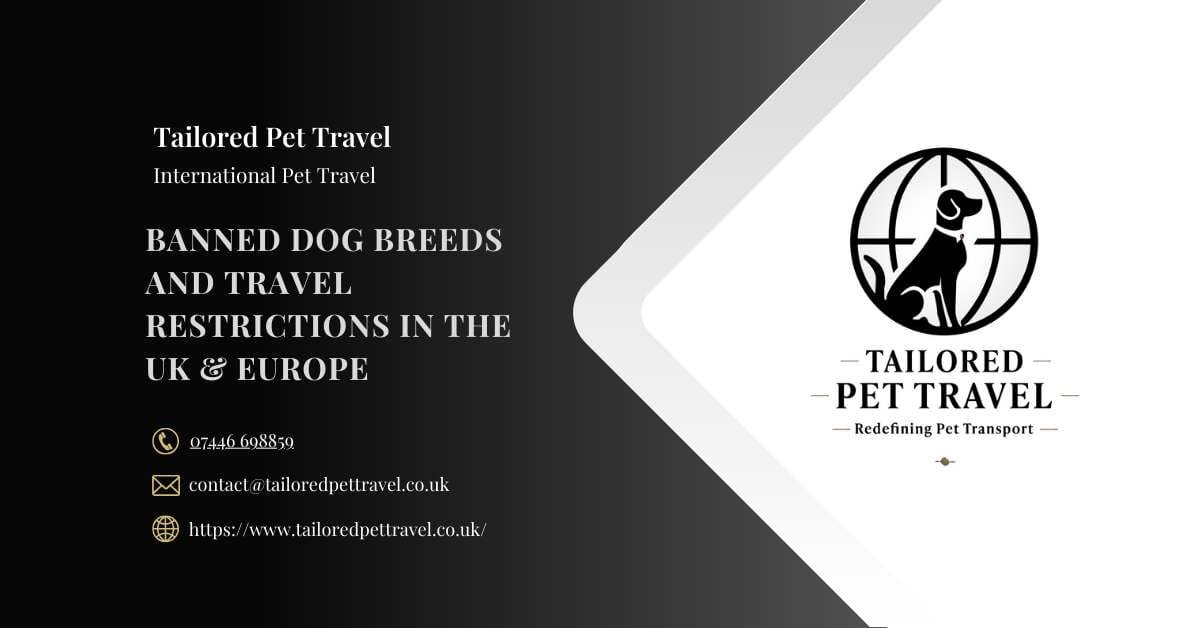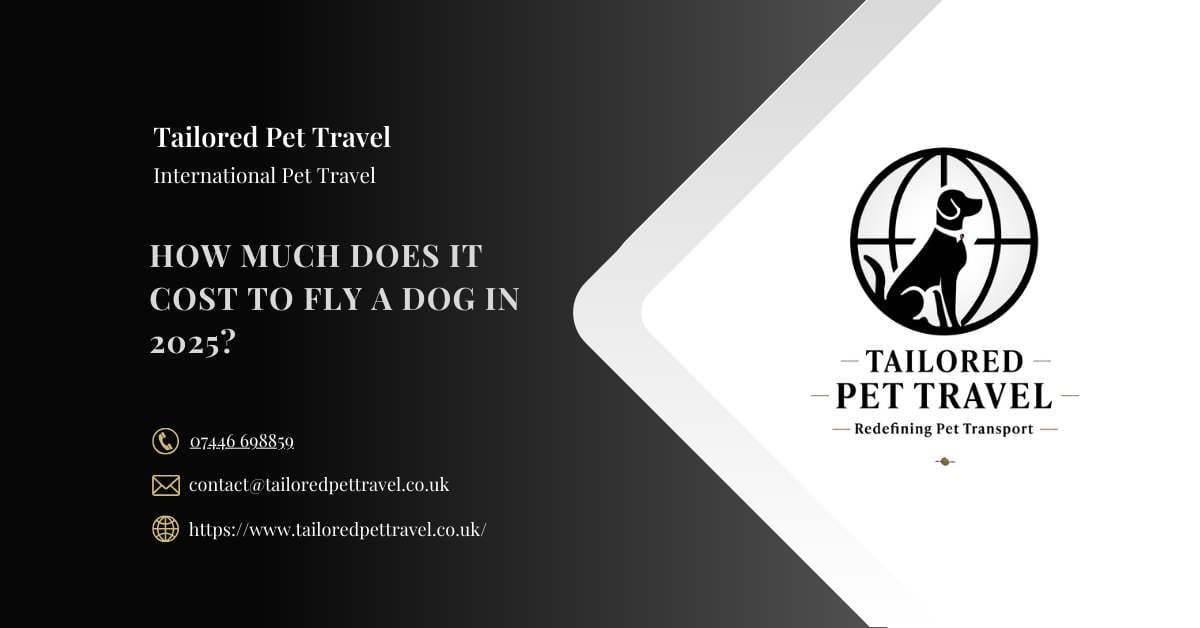Can you bring a dog on a plane from the UK?
Yes, you can bring a dog on a plane from the UK, but there are specific conditions you must meet depending on your destination, the size of your dog, and the airline’s pet policy. The UK has strict rules about pet air travel, particularly when flying into or out of the country. Dogs may travel either in the aircraft cabin or in the hold, depending on their weight and the airline’s allowance. To ensure compliance, you must use a DEFRA approved route and meet all documentation and health requirements.
Here's What We Have Covered In This Article
Pet Travel Is on the Rise
Travelling with pets has become more common as dog owners increasingly treat their companions as family. The UK, with its strict animal welfare standards and post Brexit regulatory changes, presents unique challenges and opportunities for pet travel. Knowing the correct procedures, regulations, and airline policies is key to making air travel manageable and safe for both you and your dog.
Can You Take a Dog on a Plane from the UK?
Cabin vs Hold Travel
Dogs can travel in the aircraft cabin or in the hold, but not all UK airlines allow cabin access for pets. Small dogs that fit within an airline approved carrier and meet the airline’s weight limits may be allowed in the cabin on select international carriers. Larger dogs usually need to travel in the hold as cargo.
Understanding DEFRA Regulations
All pet flights in and out of the UK must follow the Department for Environment, Food and Rural Affairs guidelines. This includes using approved airlines and specific arrival airports with certified Animal Reception Centres. If these requirements are not followed, your dog could be quarantined or denied entry.
DEFRA Compliant Routes and Services
DEFRA maintains an updated list of approved airlines and charter services for both cabin and cargo transport. Airlines must meet strict welfare standards, including temperature control, secure crate handling, and trained pet cargo staff. Tailored Pet Travel arranges all bookings using only DEFRA compliant routes to ensure everything is done correctly.
DEFRA Approved Airlines and Airports (2025 List)
Why DEFRA Approval Matters
DEFRA approval confirms that an airline or route has the correct procedures to handle pets safely. It means the airline works with authorised Animal Reception Centres and follows biosecurity controls. This reduces the risk of delays, refusals, or unnecessary stress for your pet.
Examples of DEFRA Approved Airlines
-
British Airways accepts pets in the hold from London Heathrow using AAC
-
KLM Royal Dutch Airlines allows small dogs in the cabin from Manchester and Newcastle
-
Lufthansa provides both in cabin and hold options through Heathrow and Manchester
-
Singapore Airlines offers pet transport through DEFRA authorised facilities
-
Qatar Airways operates from several UK airports that are approved for pet travel
Major DEFRA Approved UK Airports
-
London Heathrow (Animal Reception Centre)
-
Manchester (Pets on Jets facility)
-
London Gatwick (AAC)
-
Edinburgh and Glasgow (certified handling staff)
Tailored Pet Travel works closely with these approved hubs to manage everything from documentation to check in.
Which Airlines Are Best for Flying with Dogs?
Airline Comparisons for Pet Travel
Airlines differ widely in how they handle pet travel. Some permit dogs in the cabin, others only in the hold. KLM, Lufthansa, and Air France generally receive strong feedback from pet owners for their comfort, communication, and flexibility. British Airways allows only hold transport, while Qatar Airways and Emirates are known for reliable cargo facilities but do not offer cabin pet options.
Costs, Routes, and Pet Friendly Policies
Prices for flying with dogs vary based on weight, route, and destination. Cabin travel costs are typically lower than cargo fees. However, cargo offers more route flexibility and is sometimes the only available method. Booking with a pet travel expert can help clarify total costs and avoid unexpected fees. For more information on airline costs and pet travel packages, refer to our Pet Relocation Services page.
Choosing the Right Airline for Your Dog
Look for an airline that serves your destination using DEFRA approved facilities. Prioritise carriers with a proven track record in pet safety and clear policies. Consider the length of the journey, transit points, and whether your pet will be in the cabin or hold. If unsure, you can always contact our team for airline recommendations based on your dog’s needs.
How Do You Book a Flight for a Dog?
Booking Directly or Through a Pet Travel Agent
Some airlines allow pet bookings through their website or customer service channels. However, many require that pets flying in the hold be booked through a pet transport service that understands DEFRA regulations and crate standards. Using a pet travel agency helps avoid booking errors and ensures your dog meets airline specific criteria.
Step by Step Process
Start by checking the airline’s pet policy and DEFRA approval. Secure your pet’s microchip, rabies vaccination, and Animal Health Certificate. Next, confirm crate requirements and book the flight. Once confirmed, notify the airline of your pet’s details and ensure arrival and check in times meet cargo acceptance deadlines.
When to Book Your Dog’s Flight
It is advisable to start planning at least four to six weeks in advance. Some airlines limit the number of pets per flight, especially in the cabin. Holiday periods fill up quickly, and paperwork such as the AHC must be timed carefully. Advance planning prevents delays or refusals at the airport.
Are Service Dogs and Emotional Support Dogs Treated Differently?
Service Dog Rules on UK Flights
Fully trained service dogs, such as guide dogs or mobility assistance dogs, are permitted in the cabin free of charge. Airlines require advance notice and documentation proving their role and training. These dogs must remain harnessed or leashed and behave appropriately during the flight.
Emotional Support Animals Are Not Automatically Permitted
Unlike service animals, emotional support dogs are no longer given special status by most airlines. If your dog is not trained to assist with a specific medical condition, they must meet cabin or hold requirements like any other pet. Some countries do not recognise emotional support animals, so entry may be denied without standard pet travel documentation.
Final Thoughts: Preparing for a Safe and Comfortable Flight
Getting ready to fly with your dog means more than just booking a ticket. From choosing an airline to making sure every document is in place, every step matters. Whether your dog is travelling beside you in the cabin or securely in the hold, preparation makes all the difference. If you are unsure of the best options for your dog’s journey, Tailored Pet Travel offers expert support for all aspects of pet flights from the UK.
We help with everything from crate advice to coordinating DEFRA approved transport across Europe and beyond. To learn more about how we help UK pet owners fly safely with their dogs, contact our team or explore our pet flight services page.
Frequently Asked Questions About Dog Transport On Planes
1. Do all airlines from the UK allow dogs on board?
No. Some only allow assistance dogs in the cabin, while others permit pets in the hold. Always check the airline’s specific policy.
2. What size dog can fly in the cabin?
Dogs that weigh under eight kilograms including the carrier are generally allowed in the cabin by select international airlines.
3. Do I need a pet passport to fly my dog from the UK?
Since Brexit, a pet passport is no longer valid. You need an Animal Health Certificate for each trip.
4. What happens if my dog gets anxious in the hold?
Preparation is key. Get your dog used to the crate, avoid sedatives unless prescribed, and choose an airline experienced in animal cargo.
5. Can I travel with more than one dog?
Some airlines allow multiple pets per flight but have limits on numbers in the cabin. You may need to book them separately or use cargo transport.
